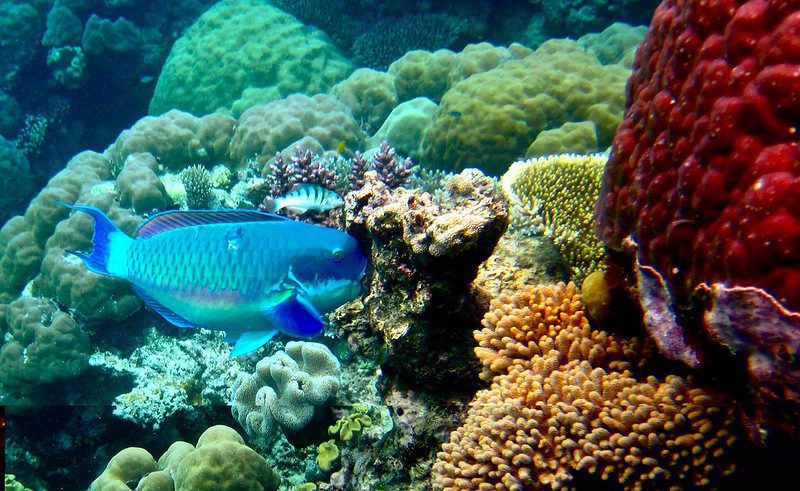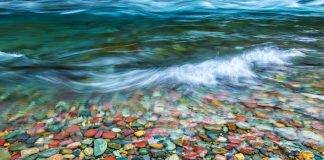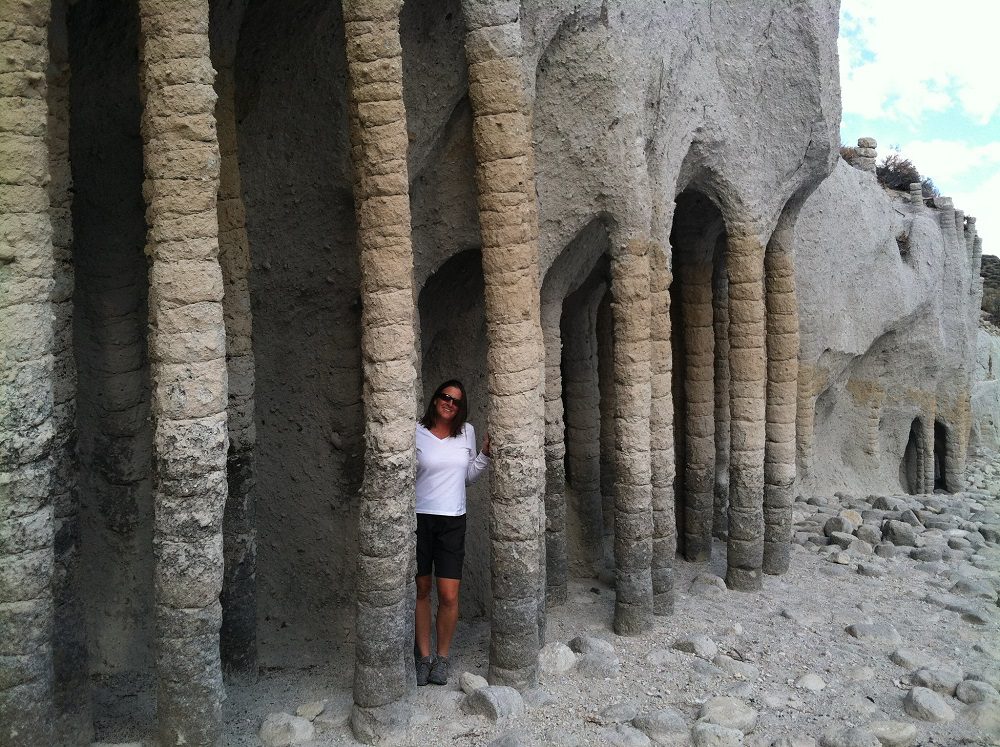
Crowley Lake Stone Columns
The Mystery of Crowley Lake Columns Solved
Strange columnar formations were discovered along the reservoir’s eastern shore after the construction of the reservoir was completed in 1941. Some of them reached heights up to 20 feet (6.1m).
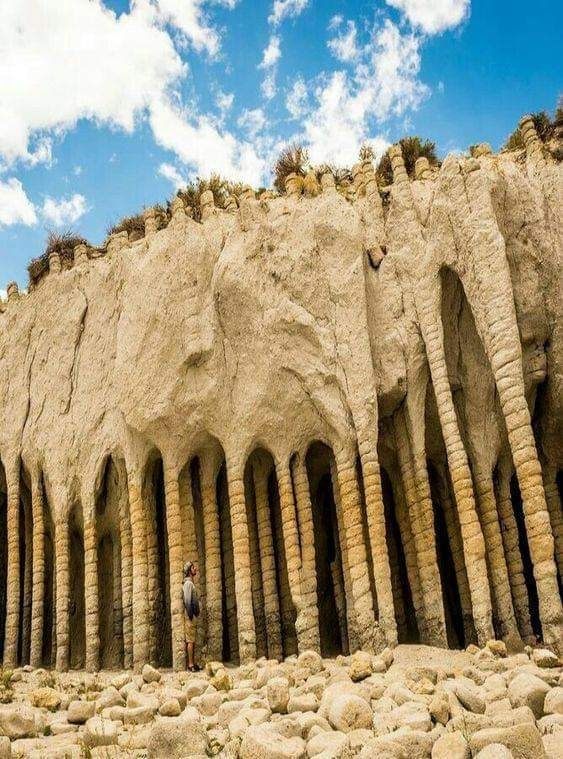
They were described as stone cylinders linked by fortified stone arches. These unusual formations had been covered up for many millions of years but gradually became visible due to the constant pummeling by the powerful waves of the lake.
This had eroded the rock that was more malleable at the base of these pillars.
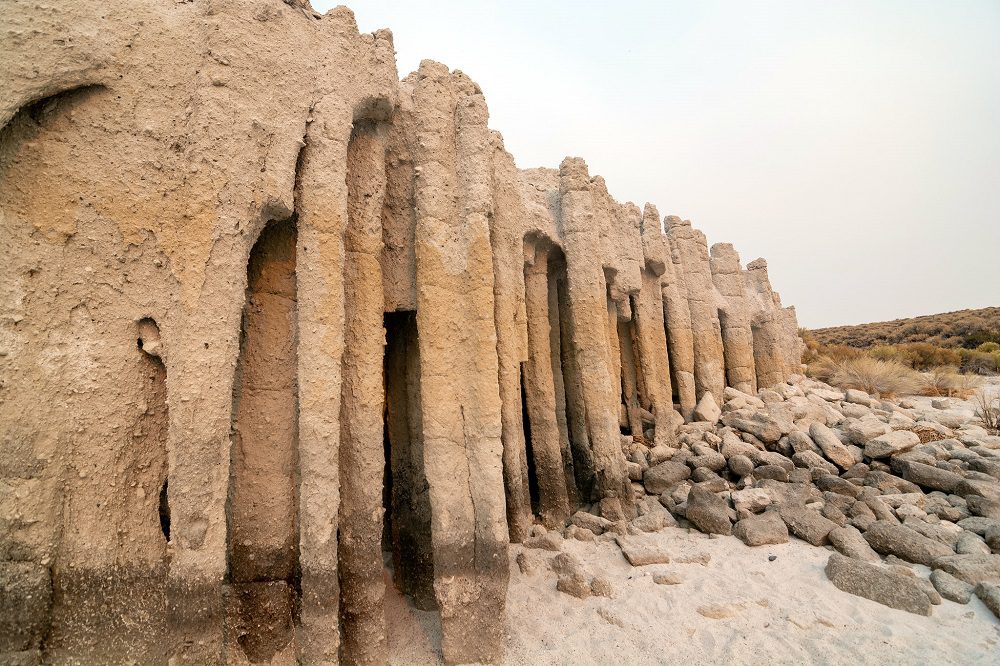
Formation
The pillars were initially regarded as an oddity until 2015 when geologists discovered that they were caused by frigid water from melting glaciers seeping into volcanic ash.
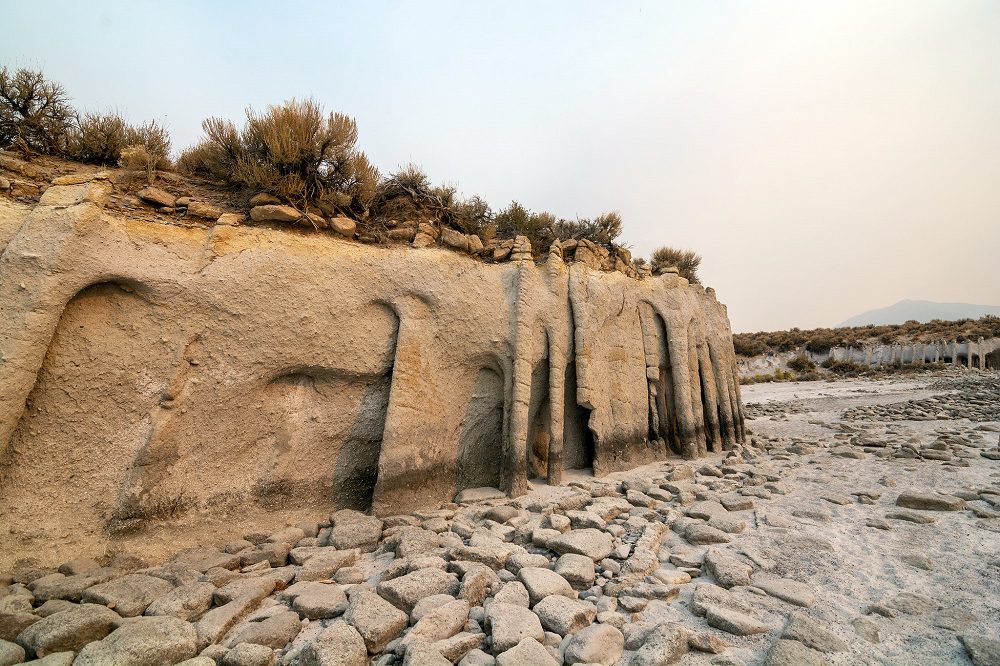
This created tiny holes in hot ash and the byproduct of steam and boiling water, which rose up from the same holes. X-rays, electron microscopes and X-rays were used to analyse samples of these “evenly spaced connection cells similar in heat pipes” that resulted.
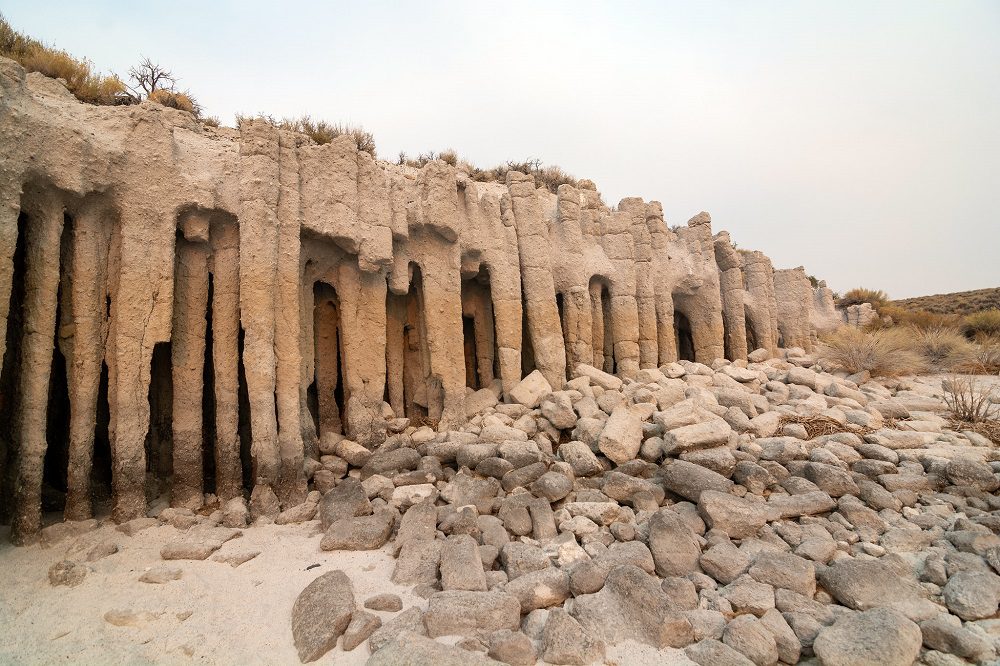
Researchers discovered that the “convection pipes”, which were made up of tiny crevices, were held in place by minerals that could resist the erosion caused by the lake’s waves.
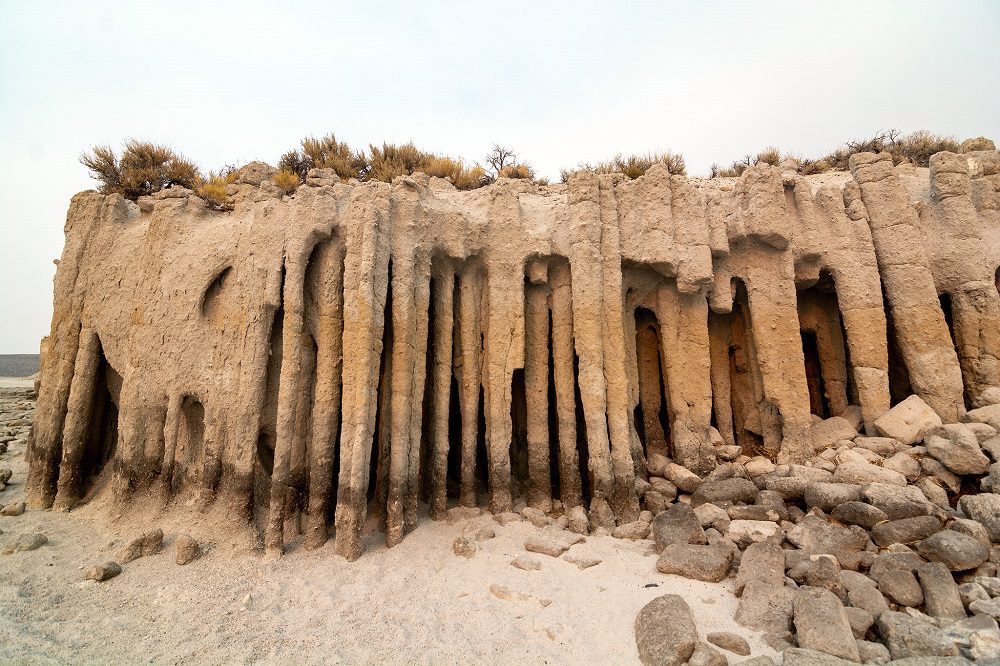
Nearly 5,000 of these pillars were found by researchers. They are distributed over an area of nearly 4,000 acres (16 km ) and can vary in size, shape, and colour.
Some columns stand taller than towering pylons, while others have ringed apertures about a foot apart.
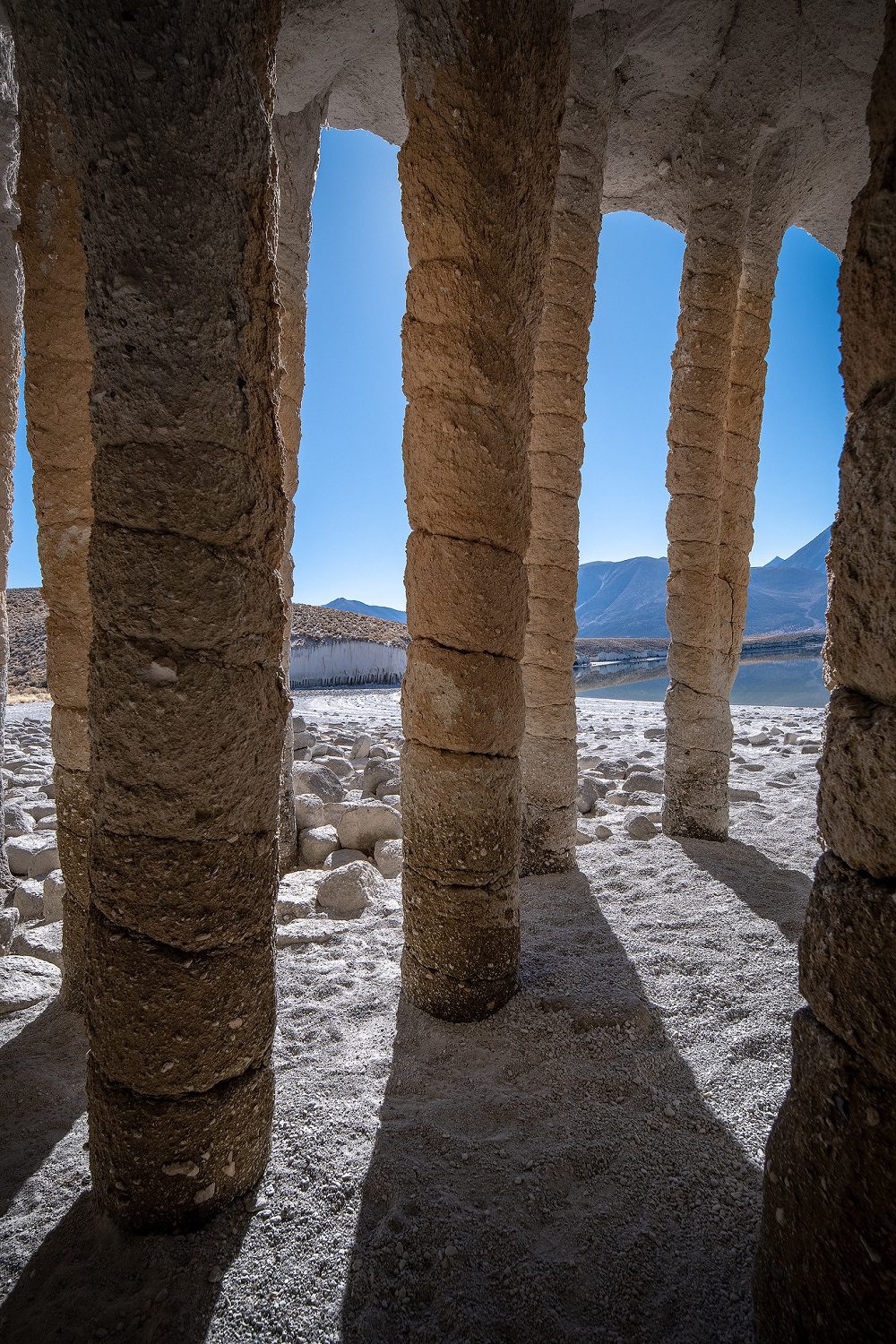
Some are bent or tilted at different angles, while others are submerged and resemble the remains of dinosaur vertebrae.
Where Are The Crowley Lake Stone Columns?

Crowley Lake
It is located in southern Mono County in California, on the upper Owens River. Crowley Lake is located 15 miles (24 km) south of Mammoth Lakes.
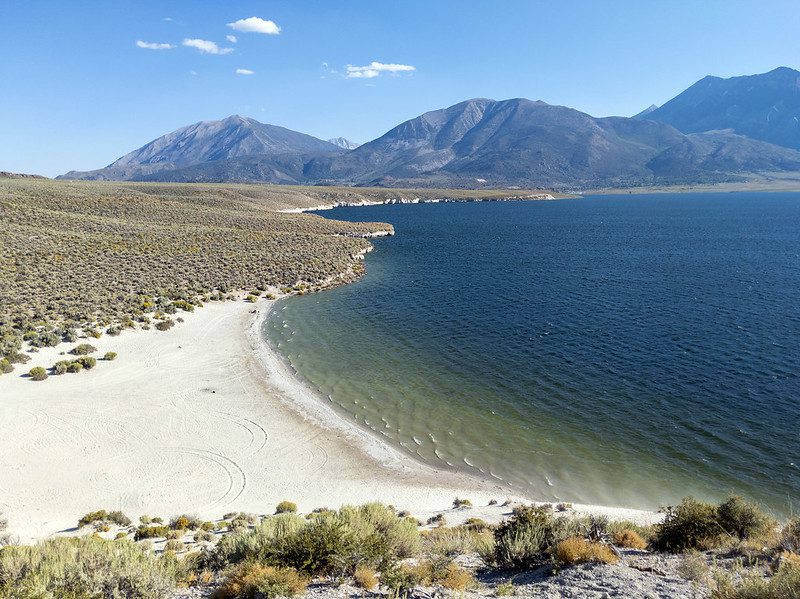
The construction of the Long Valley Dam in 1941 created the lake. The Los Angeles Department of Water and Power constructed the lake as storage for the Los Angeles Aqueduct and flood control. The dam measures 126 feet (38 m) in height and imprisons 183,465 acre-ft (0.226301 km3)
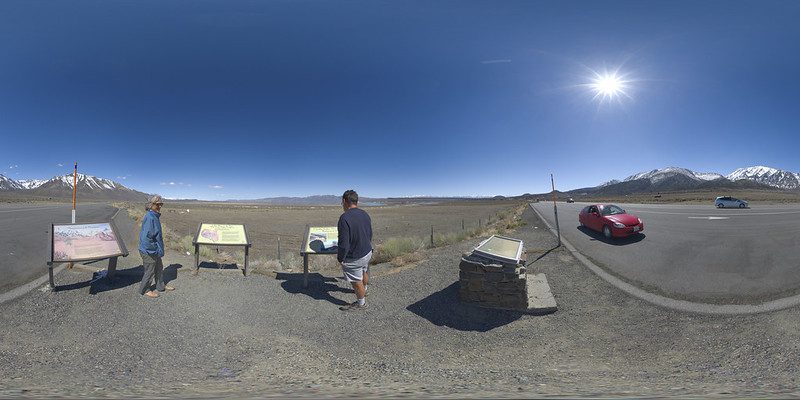
It is well-known for its trout fishing. On opening day, the lake was visited by between 6,000 and 10,000 anglers.
Crowley Lake Fish Camp is managed in collaboration with the Los Angeles Department of Water and Power. Visitors can rent boats, book campsites, and purchase supplies at the Fish Camp.
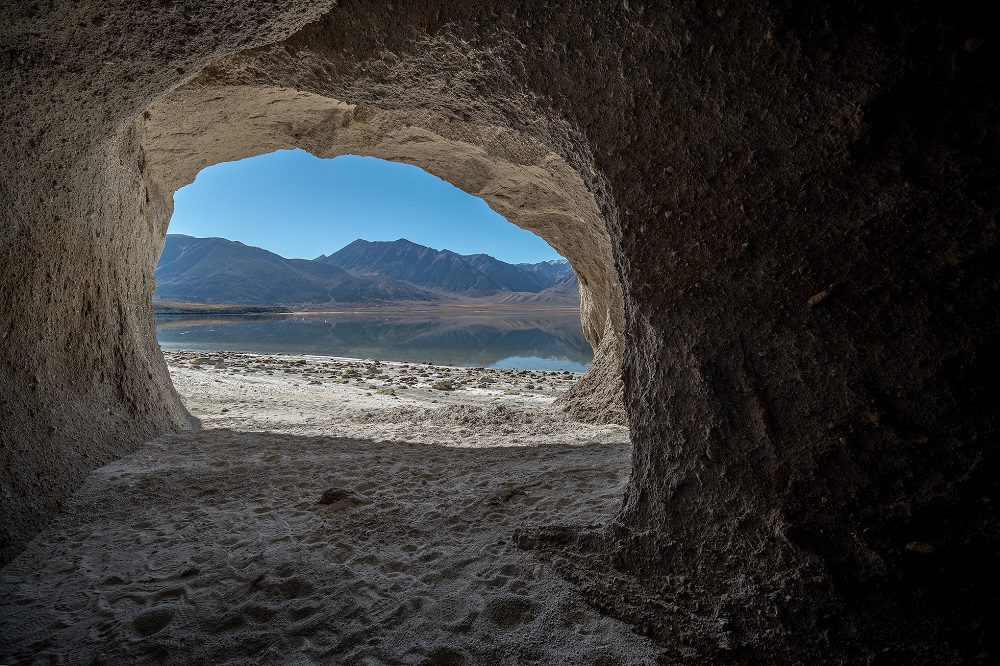
Father John J. Crowley is the person the lake is named after. He was known as “the desert Padre”, a prominent figure in Owens Valley history and a hero among locals.
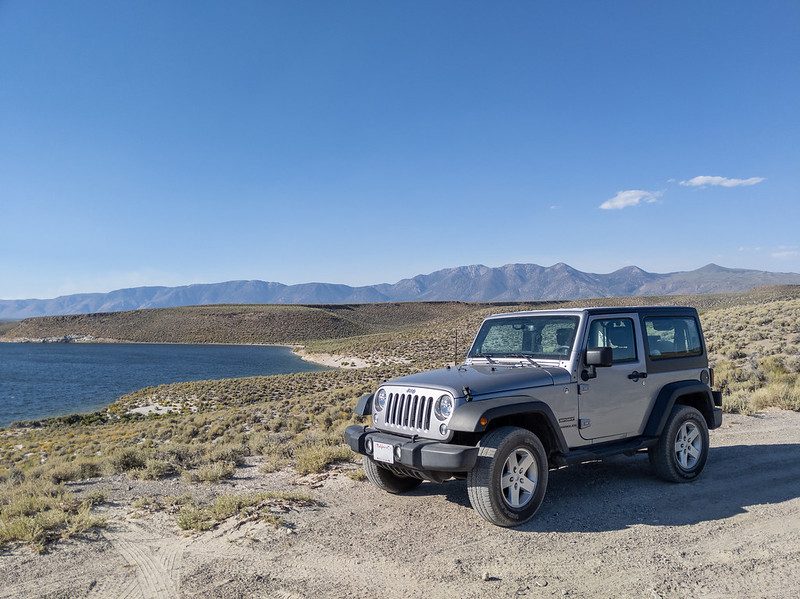
Many of the Valley’s residents lost hope when it became clear that Los Angeles had taken over the water supply, making agriculture impossible.
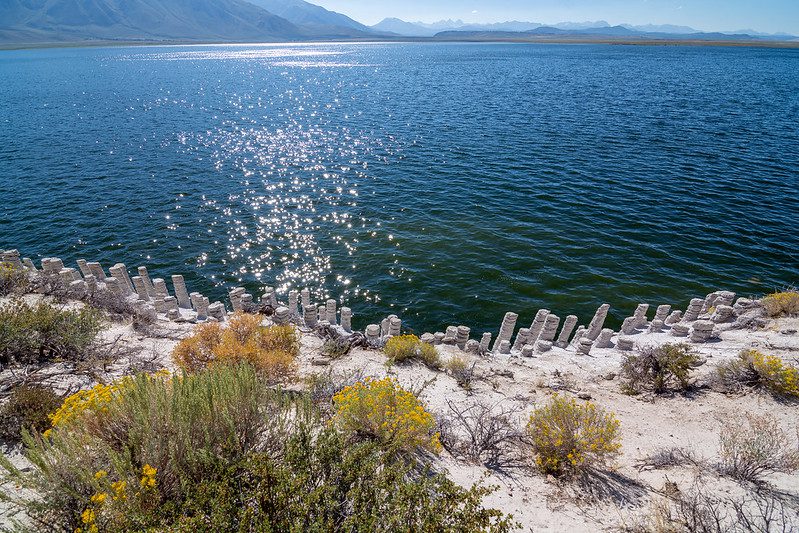
Father Crowley visited the Valley and convinced many that it could be a tourist attraction. In 1940, Father Crowley was involved in an auto accident.
A Nearby Lake Called Owens Lake
It is located in Inyo County on the eastern side, of the Owens Valley. It is located approximately 5 miles (8 km) south of Lone Pine, California. Owens was able to hold significant water, unlike other dry lakes in the Basin and Range Provinces that have been dry for thousands upon thousands of years.
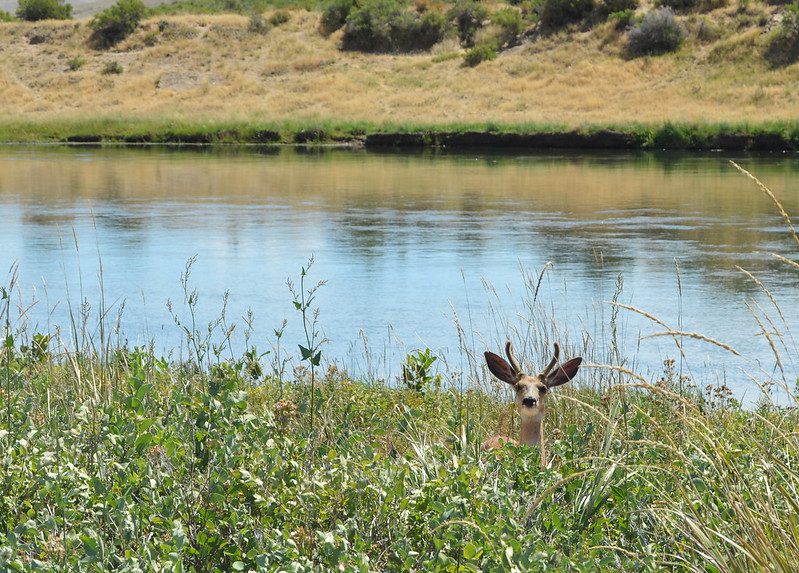
This was until 1913 when much of Owens River was diverted into the Los Angeles Aqueduct. Owens Lake became dry by 1926. The lake is now able to receive some water because some of its flow has been restored.
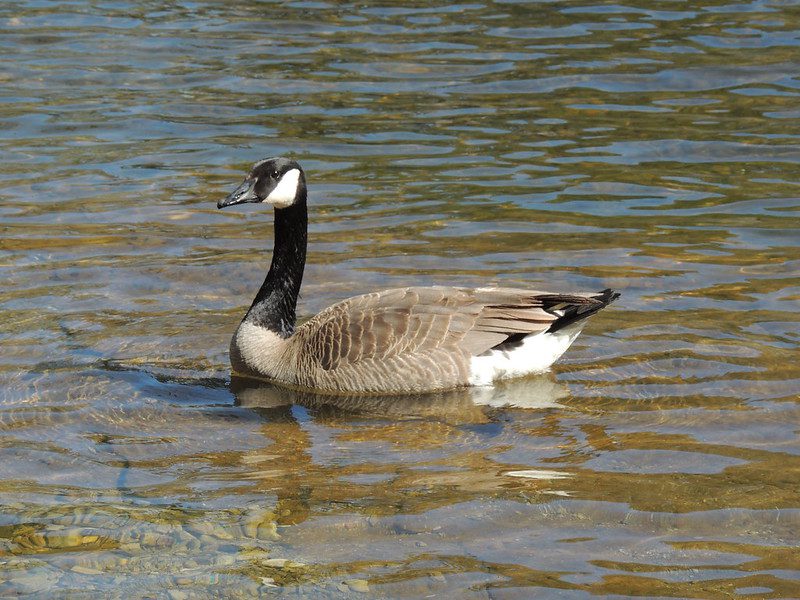
It is still the single largest source of dust pollution in the United States, according to 2013 data. [3] On June 24, 2020, the lake was the epicentre for a magnitude 5.8 earthquake.
Where Is Owens Lake, California?
History
John C. Fremont gave Owens Lake its current name in honour of Richard Owens, an explorer. Richard Owens, however, never set foot in the Valley. Patsiata is the original name of the lake, as given by Nuumu (Owens Valley Paiute).
Owens Lake, which was 12 miles (19 km) in length and 8 miles (11.3 km) wide before the Owens River diversion, covered an area of 108 square miles (228 km2). The lake’s average depth was between 23 and 50 feet (7.0 to 15.2m). Sometimes, the lake would overflow to the south. After that, it would flow into the Mojave Desert.
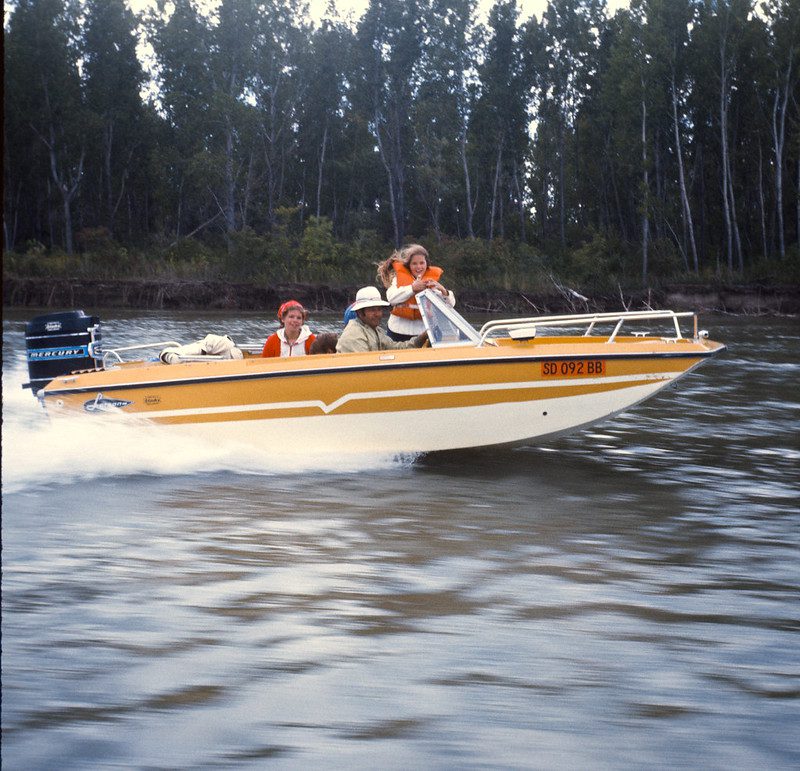
The lake’s water was considered “excessively salty” in 1905. Owens Lake, which was 200-square miles (520 km2) in the area and reached a depth of 200 feet (61m) during the Pleistocene, may have been larger. Due to the melting glaciers in the post-Ice Age Sierra Nevada post-Ice Age, the Owens River began to flow more frequently, causing Owens Lake’s overflow into Rose Valley.
This caused Owens Lake in Indian Wells Valley, California, where it merged with another dry lakebed China Lake. The lake waters receded after the glaciers had melted. This led to an increase in human exploitation of this lake.
The Los Angeles Department of Water and Power (LADWP) diverted the streams and rivers that feed Owens Lake into the Los Angeles Aqueduct in 1913. This caused the lake to quickly drop.
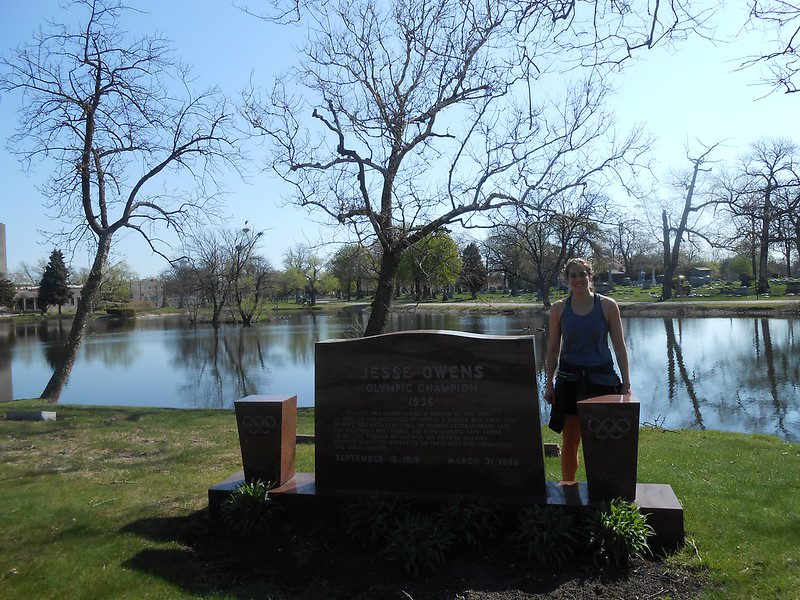
Nearby Keeler, California, switched to more expensive, physical soda processing as the lake dried. Natural Soda Products Company sued Los Angeles for $15,000 and built a new plant. The plant was destroyed in a fire shortly after its construction, but the company rebuilt the plant on the lakebed in the 1920s.
LADWP diverted water from its aqueduct into the lakebed during 1937 unusually dry winter, flooding the soda factory. The courts ordered that the city pay $154,000. LADWP constructed the Long Valley Dam in 1941 after a failed appeal to the state Supreme Court. This dam impounded Lake Crowley to control floods.
Conditions
It is a large salt lake with a mix of clay, sand and various minerals, including halite, mirabilite and thenardite. These minerals create a chemical soup within the lake’s small brine pond in wet years. Bright pink halophilic, salt-loving archaea can be found in the lakebed when conditions are right.
On hot summer days, when the ground temperature exceeds 150deg F (66 degrees C), water is driven from the lakebed hydrates creating a muddy salt brine. Periodic winds can cause respiratory problems for nearby residents by dumping as many as 4 million tons (3.6 million metric tons) of noxious alkali powder storms from the lakebed every year. It contains carcinogens such as arsenic, nickel, and cadmium.
Management
Most of Owens Lake’s bed is owned by the California State Lands Commission and the LADWP. However, a few parcels along the historic west shoreline are privately held. The 218-acre (88 ha) parcel that was acquired by the California Department of Fish and Wildlife in 2004 was purchased by the CDFW. It was designated the Cartago Wildlife area in 2007.
It is one of few remaining wetland and spring areas along the shore of Owens Lake. To enhance habitat, CDFW uses mitigation funds from CalTrans.
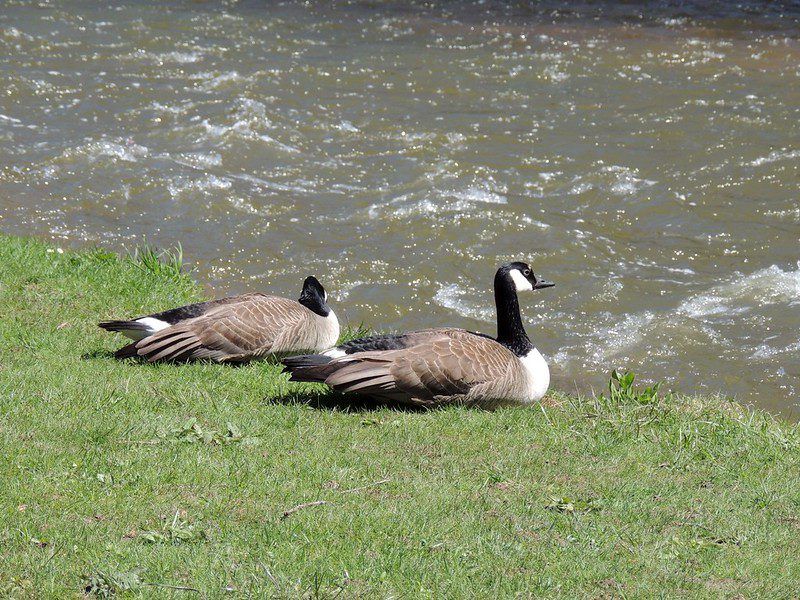
LADWP is currently shallow-flooding 27 miles (69.9km2) of the salt pan as part of an air quality mitigation agreement to reduce alkali dust storms. As a dust control measure, there is managed vegetation covering 3.5 miles (9.1km2). Saltgrass is a native perennial grass that is highly resistant to the salt and boron levels found in the lake sediments. Also, gravel covers can be used.
Ecology
The once-blue, saline lake was a vital feeding and resting spot for millions of waterfowl every year. Joseph Grinnell, from the Museum of Vertebrate Zoology, Berkeley, reported that Owens Lake was home to large numbers of waterbirds.
He saw ducks, phalaropes and avocets along the shore. In the distance, large flocks of shorebirds are seen flying over the water, wheeling around, and displaying their mass against the grey-blue water. This spot must have thousands of birds.
The National Audubon Society still recognizes Owens Lake as an Important Bird Area. A chain of wetlands is located at the shore and is fed by springs or artesian wells. This preserves a part of the Owens Lake ecosystem.
Along with many thousands of snow geese, ducks, and snowy plovers, Owens is home to the Snowy Plover. Current dust mitigation efforts have resulted in shallow flooding of the lakebed, which has created habitats both shallower (roughly 3 feet (9.9 m) deep) and deeper.
Although this water is only used seasonally, it helps to buoy the lake’s ecosystem, which gives conservationists hope that an expanded shallow flooding program might do more. However, there are no plans to restore Owens to a lake that is comparable to a traditional one.
The Owens Valley Committee and Audubon California held the first-ever lake-wide survey to determine the bird population of Owens Lake on April 19, 2008. The total number of bird species recorded by volunteers was 112, with 45,650 birds. This is the largest ever recorded Owens Lake total.
Volunteers identified 15 species (ducks, geese and shorebirds) of waterfowl. The highest numbers of individuals for a particular species were 13,873 California Gulls (an inland nester in Mono Lake and elsewhere); 1,767 American avocets and 13,826 Peeps, and small sandpipers like dunlin and western sandpipers. There were 2,882 individual ducks.
Local industry
Mines Cerro Gordo
Cartago was located below present-day Olancha in California. It was the western shipping point for Cerro Gordo Mines production. Cartago transported goods across Owens Lake to the northern ports of Keeler and Swansea directly below the mines. The Bessie Brady was a barge-like vessel launched from Cartago in 1872. This cut down the three-day journey around the lake to freight by three hours.
It carried a lot of freight from Cerro Gordo, including silver and lead bullion. These mines were so productive at their peak that bars of refined metals sat in large stacks until twenty-mule teamsters could transport them to Los Angeles. It was a three-week journey, but it was easier after the Cerro Gordo Freighting Company was formed by Remi Nadeau, a regional historian who has written about this period.
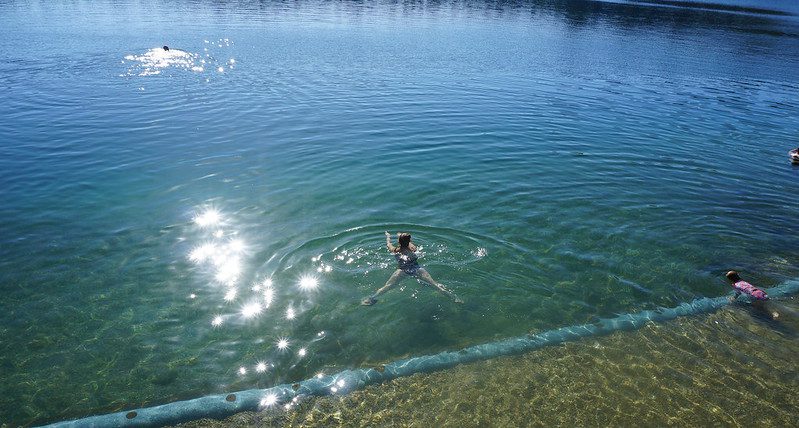
After the 1872 Lone Pine earthquake, Keeler was replaced by Swansea as the shipping port to the mines. It is located below the Inyo Mountains. It was home to 5,000 people in the 1870s as it served as the hub of trade for Cerro Gordo mines.
The Cottonwood Charcoal Kilns are a traditional stone masonry ‘beehive ‘charcoal kiln. They were constructed to convert wood from Cottonwood Canyon, above the lake, into charcoal.
This charcoal was used to feed the Cerro Gordo silver and lead smelters at Swansea. They are found on the southern shore of the lakebed, near Cartago. Similar to nearby Panamint Charcoal Kilns in Death Valley, they were also found here. California Historical Landmark #537 has been given to the kilns.
Other businesses
The end of silver mining in 1879 saw the closure of the mine. However, Keeler was saved by the Carson and Colorado Railroad, who built narrow-gauge railroad tracks to the village. The railroad became a shipping hub for soda, salt and marble until 1960. In 1900, the rail line was sold to Southern Pacific Railroad. Keeler is home to approximately 50 people, and the population continues to decline.
The Clark Chemical Company was a chemical company that operated on Bartlett’s northwestern shore in the 20th century. It had evaporation tanks for lake brine and a plant to extract its chemicals.
There are many mineral extraction plants near the lake.
- Inyo Development Company 1887-1920
- Natural Soda Products Company/Michigan Alkali Company/Wyandotte Chemical Corporation (1912-1953).
- California Alkali Company/Inyo Chemical Company 1917-1932
- Pacific Alkali/Columbia Southern Chemical Corp./Pittsburgh Plate Glass 1928-1968
- Permanente Metals Corporation 1947-1950
- Morrison and Weatherly Chemical Corporation, (M&W), Lake Minerals Corporation (LMC), Cominco American Inc./Owens Lake Soda Ash Company(OLSAC),/U.S. Borax/Rio Tinto Minerals 1962-present. Rio Tinto Minerals offers mineral lease renewals up to 2048.
Filmography
Owens Lake has been featured in many Western films, including Westward Ho (1935), Maverick (94), Riders of the Dawn (377) and Across the Plains(399). He also directed Stage to Tucson (1951), From Hell to Texas (1858), and Nevada Smith (1966).
Tremors (1990) and Top Gun (1986) were some other films to feature scenes at Owens Lake or in the Alabama Hills nearby.
Public access
The Cartago Wildlife Area is a growing wildlife-viewing area. You can view many bird species that are attracted to the ponds, wetlands and remains of an old soda ash plant dating back to World War I and the 1920s.










































